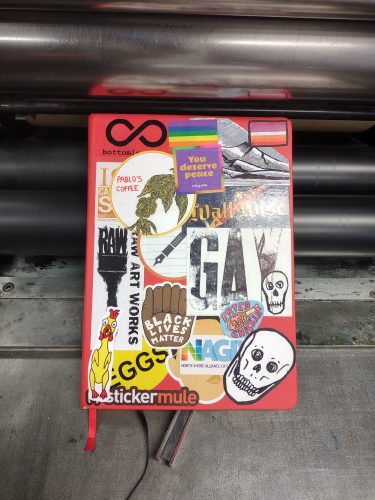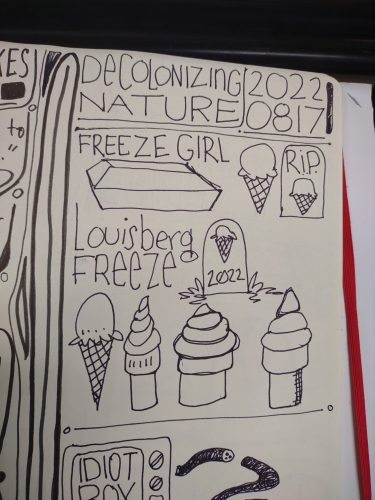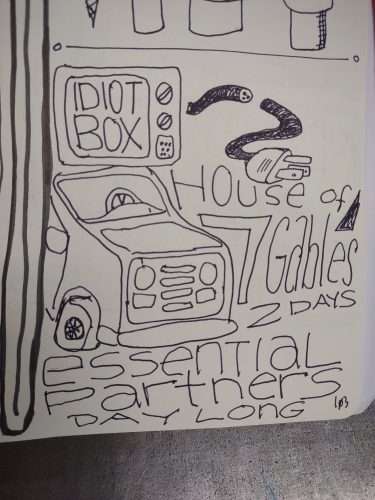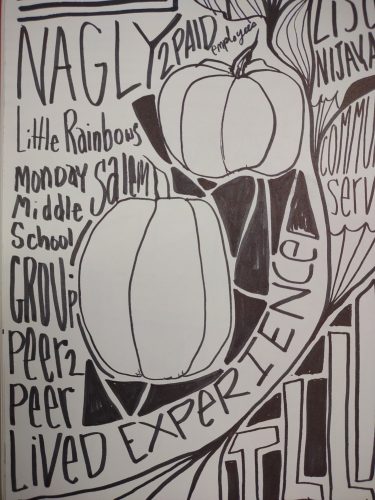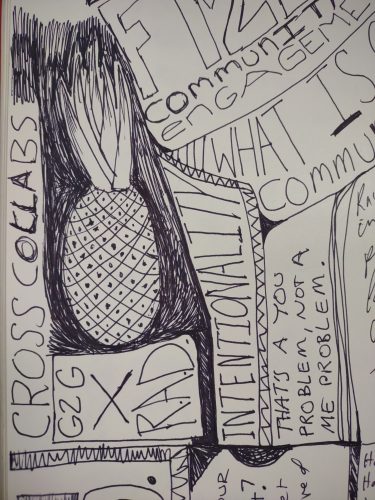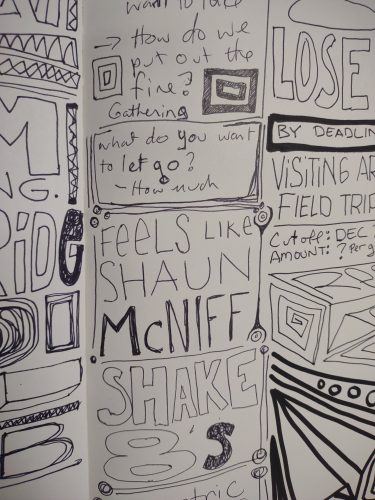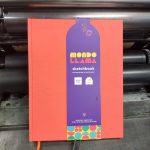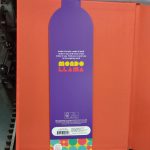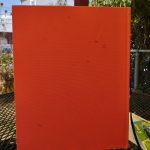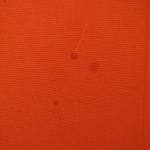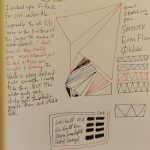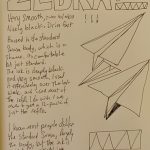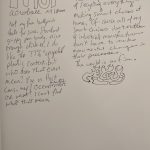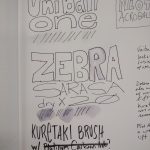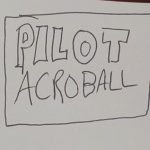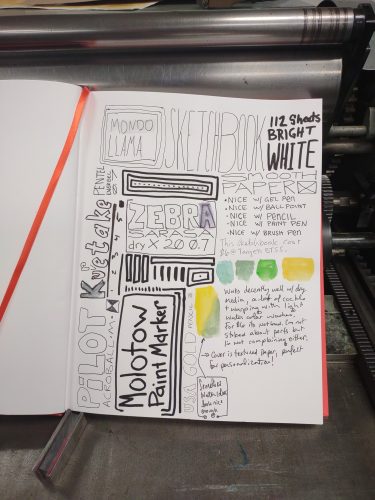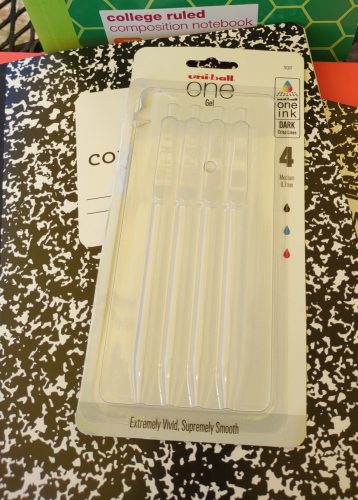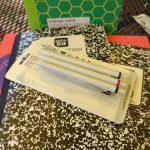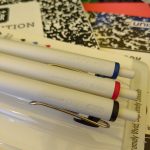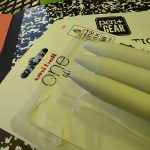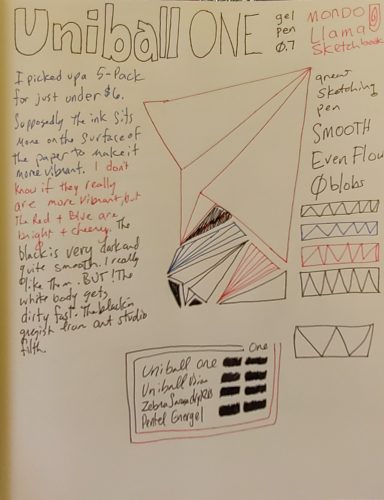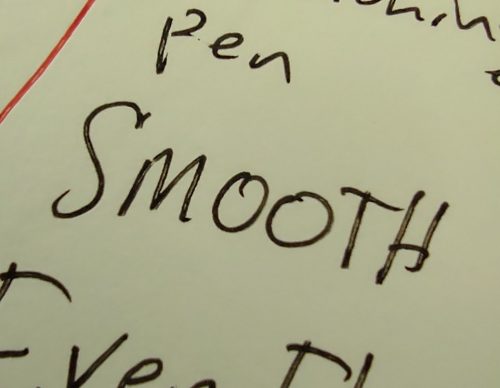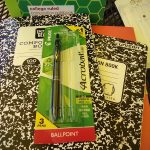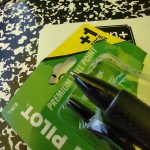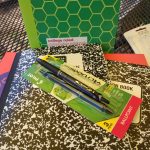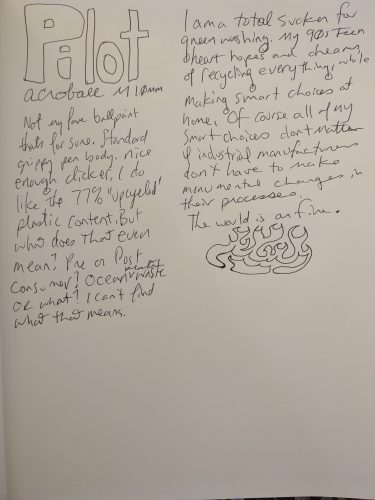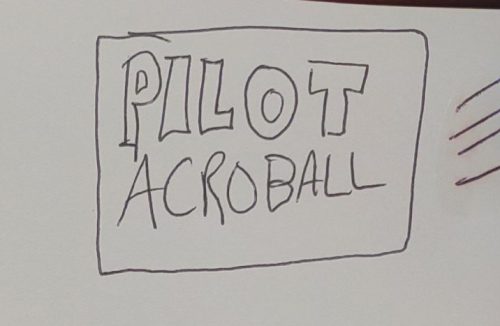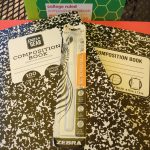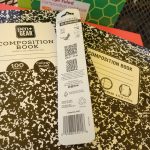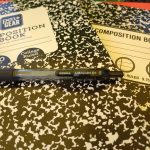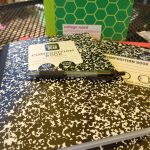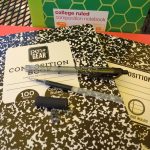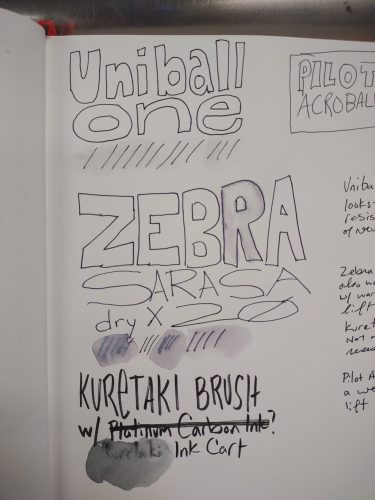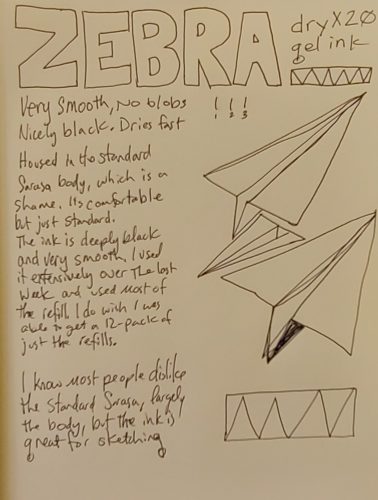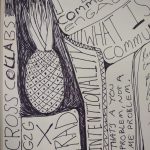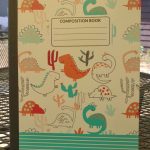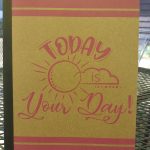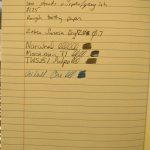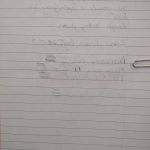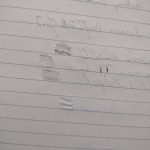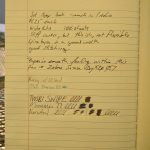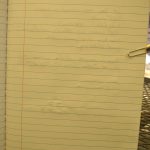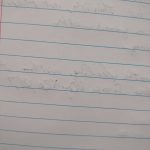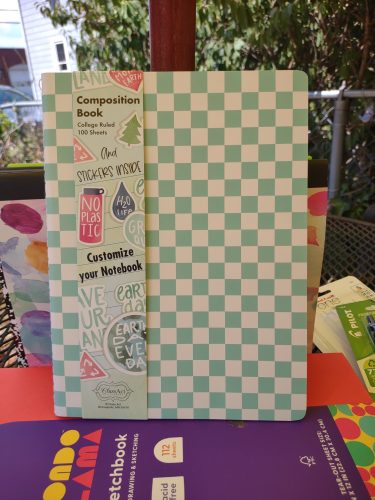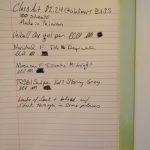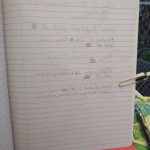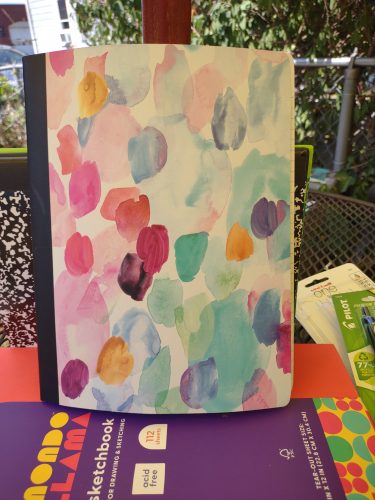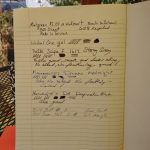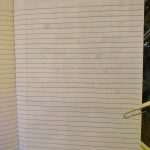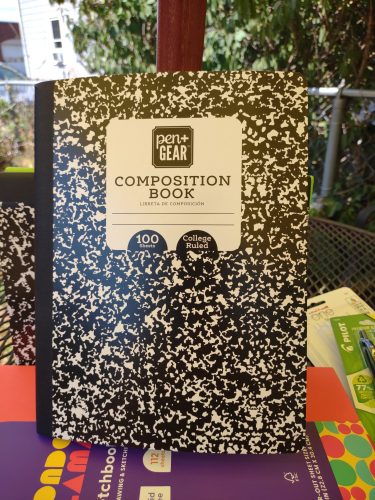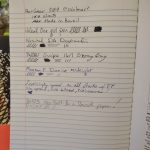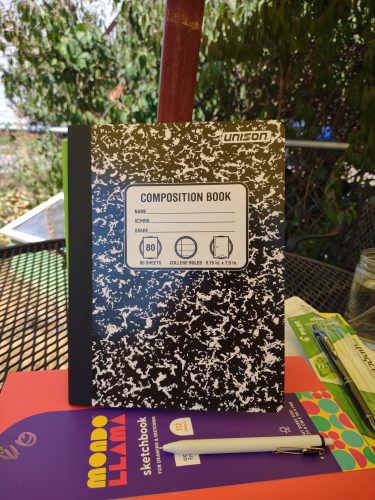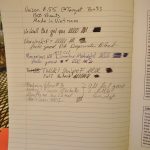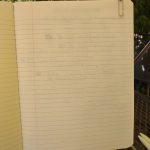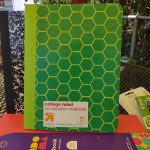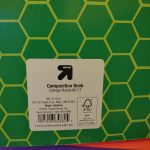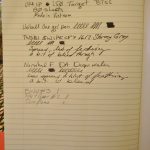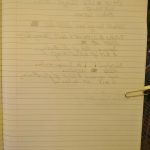I’ve written and rewritten this post a hundred times.
Quite a long time ago I deleted twitter and facebook off my phone. I’ve slowly weaned myself off Facebook, without many regrets. I use marketplace to buy bikes and bike parts but mostly, I don’t interact. I do have this blog and my new iteration of this blog cross post to Facebook, to my comfortable shoes studio page. But I also fail to interact there.
I never liked the twitter app, so it wasn’t a hardship to delete it and just use Tweetdeck on Chrome on my phone. But now Eloon has bought it and is quickly ruining it.
quote from cnn:
“By Friday morning, Twitter employees from departments including ethical AI, marketing and communication, search, public policy, wellness and other teams had tweeted about having been let go. Members of the curation team, which help elevate reliable information on the platform, including about elections, were also laid off, according to employee posts.”
Anyway. I used to love twitter, BUT I strongly believe that a social network is only as strong as it treats it’s minority members. I’ve left numerous groups because the person running it didn’t stop bullying or harassment behaviors, both toward myself and others.
So I’m also giving up on twitter, but if you follow me there I will continue to cross post about my posts here, on instagram, youtube and also my Micro Rant blog here.
Part of my Comfortable Shoes Studio Philosophy has always been to do something as long as I can and it makes sense for me. I’ve been mulling it over, but maintaining the RSVP website is no longer sustainable- as much as I want to continue with the seasons of the show, it just doesn’t fit with my life right now. That is to say, I do not have time and to continue with it would mean burning my candle at both ends for something that doesn’t work for me. I’d rather pour that time and energy into Comfortable Shoes Studio and YouTube. So even if I go back to RSVP, it will be under the Comfortable Shoes Studio heading. As such, the website will continue until it runs out (2 more years) and then it will be held under the CSS website (it’s already here.) As such, I’ve already let go of the Useful Journaling blog, as I wasn’t updating it anyway, and it makes more sense to just put any posts that I might’ve put there, here.
The whole point of all of this is to bring ALL of my varied interested- video, podcasts, and art back under the Comfortable Shoes Studio umbrella.
I’ve harped on the idea, loud and long that everyone would OWN their ideas on their own online home. For me that home has always been Comfortable Shoes Studio.
My current plan for Youtube is to do a series of vlogs where I explore life and philosophy. I’m going to work on being in front of the camera again. I know this part will make a LOT of you happy, I’m planning some art instructional-ish videos, right now I’m working on a series about customizing commercial stuff, in this case a sketchbook.
In this video I sand the label off a ChapStick tube. In part because I didn’t want to rep the company every time I used it but also to prepare it for making art on.
In this video I fill out the first page of my new work sketchbook and decorate the front cover with Posca paint pens.
